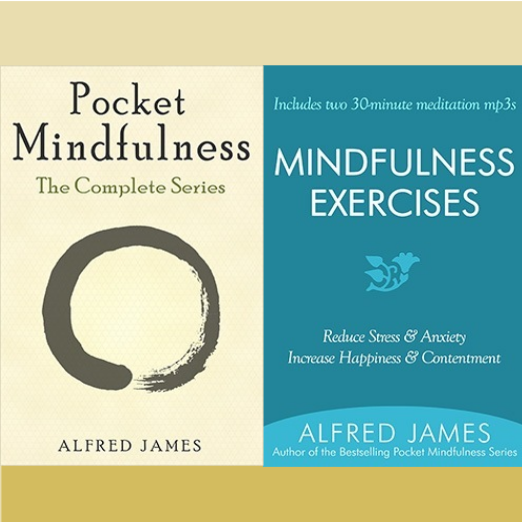Alcoholism Affects Men’s and Women’s Brains Differently
Reviewed by John M. Grohol, Psy.D. on August 11, 2012
New research has demonstrated that the effects on white matter brain volume from long-term alcohol abuse are different for men and women.
Researchers from Boston University School of Medicine (BUSM) and Veterans Affairs (VA) Boston Healthcare System also suggest that when they stop drinking, women recover their white matter brain volume more quickly than men.
Previous research has linked alcoholism with white matter reduction, according to the researchers, who explain that white matter forms the connections between neurons, allowing communication between different areas of the brain.
In this latest study, a research team, led by Susan Mosher Ruiz, Ph.D., a postdoctoral research scientist in the Laboratory for Neuropsychology at BUSM and research scientist at the VA Boston Healthcare System, and Marlene Oscar Berman, Ph.D., professor of psychiatry, neurology and anatomy and neurobiology at BUSM and research career scientist at the VA Boston Healthcare System, employed structural magnetic resonance imaging (MRI) to determine the effects of drinking history and gender on white matter volume.
They examined brain images from 42 abstinent alcoholic men and women who drank heavily for more than five years and 42 nonalcoholic men and women. The researchers found that a greater number of years of alcohol abuse was associated with smaller white matter volumes in the alcoholic men and women. In the men, the decrease was observed in the corpus callosum, while in women this effect was observed in cortical white matter regions.
“We believe that many of the cognitive and emotional deficits observed in people with chronic alcoholism, including memory problems and flat affect, are related to disconnections that result from a loss of white matter,” said Mosher Ruiz.
The researchers also found that the number of daily drinks had a strong impact on alcoholic women, with the volume loss 1.5 to 2 percent for each additional drink. Additionally, there was an 8 to 10 percent increase in the size of the brain ventricles, which are areas filled with cerebrospinal fluid (CSF) that play a protective role in the brain. When white matter dies, CSF produced in the ventricles fills the ventricular space.
The researchers also found that in men, white matter brain volume in the corpus callosum recovered at a rate of 1 percent per year for each year of abstinence. For people who abstained less than a year, the researchers found evidence of increased white matter volume and decreased ventricular volume in women, but not in men. However, for people in recovery for more than a year, those signs of recovery disappeared in women and became apparent in men.
“These findings preliminarily suggest that restoration and recovery of the brain’s white matter among alcoholics occurs later in abstinence for men than for women,” said Mosher Ruiz. “We hope that additional research in this area can help lead to improved treatment methods that include educating both alcoholic men and women about the harmful effects of excessive drinking and the potential for recovery with sustained abstinence.”
The research was published online in Alcoholism: Clinical and Experimental Research.
Source: Boston University Medical Center
APA ReferenceWood, J. (2012). Alcoholism Affects Men’s and Women’s Brains Differently. Psych Central. Retrieved on August 22, 2012, from http://psychcentral.com/news/2012/08/11/alcoholism-affects-mens-and-womens-brains-differently/42963.html



